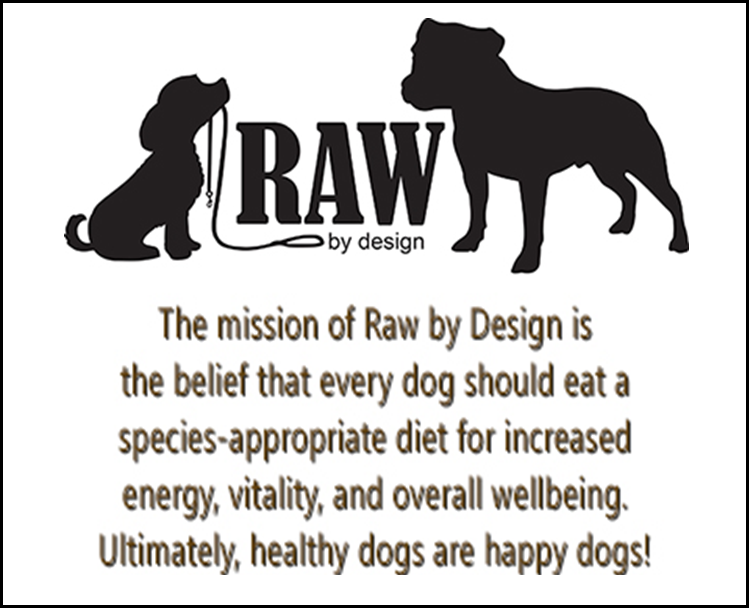Report: Dangerous Carcinogen Found In Local Drinking Water
/By Jano Tantongco
jtantongco@longislandergroup.com
Executive Director of the Citizens Campaign for the Environment Adrienne Esposito points to Huntington and its water distribution points contaminated by 1,4-dioxane, with maximum detections in drinking water that pose potential cancer risks.
An emergent carcinogen has been detected in Long Island’s groundwater supply, with several hotspots in the Town of Huntington, according to a report released Tuesday by Citizens Campaign for the Environment.
The report details the dangers of 1,4-dioxane, a volatile organic compound that has been linked to forms of cancer, and calls for regulations to limit it. The federal Environmental Protection Agency established the cancer risk guideline for the compound as 0.35 micrograms. However, there are currently no federal nor New York State standards to limit its presence in water.
“It’s a new chemical. New in the fact that they just started testing for it back in 2013. There’s not even a drinking water standard for it yet,” Adrienne Esposito, executive director for the CCE, said Tuesday.
Harry Somma, Long Island Program Coordinator for CCE, said levels above 0.35 micrograms “have been linked to tumors of the kidney, liver, nasal cavity, skin and breast.”
On a map outlining contaminated water distribution points, Somma looked at Long Island’s North Shore and said “there seems to be some kind of cluster in Huntington.”
Out of 10 water district data points in the Town of Huntington, eight showed maximum detections exceeding 0.35 micrograms. A full interactive map can be seen on the CCE website (Citizenscampaign.org).
The report singles out Suffolk County Water Authority’s Distribution Area No. 7, which supplies parts of the Huntington and Huntington Manor fire districts. The area is listed at number 12 in the report’s “Dirty Dozen” section, that lists the top contaminated water distribution areas.
Another concern is SCWA area no. 6, which serves around 9,168 people across Lloyd Harbor, Centerport and Huntington. The area had a maximum detection of 3.08 micrograms.
Esposito said the chemical is in 46 percent of household products like shampoos and laundry soaps.
“As you use them and they get washed down the drain, they go into the groundwater because nothing filters it out. Not a septic and not a sewage treatment plant,” Esposito said.
Gov. Andrew Cuomo and New York State Health Commissioner Dr. Howard Zucker called on the EPA to mandate a safe drinking water standard for 1,4-dioxane, in a statement on Feb. 11.
“If the EPA fails to act in a timely manner, New York State will convene an advisory panel of experts to set an MCL at the state level,” Cuomo stated. “This is a national issue that demands a consistent, national standard, but New York State is prepared to act in the absence of federal leadership. We are collectively urging the EPA to promulgate a regulation... to equitably protect not just New Yorkers, but all Americans.”






